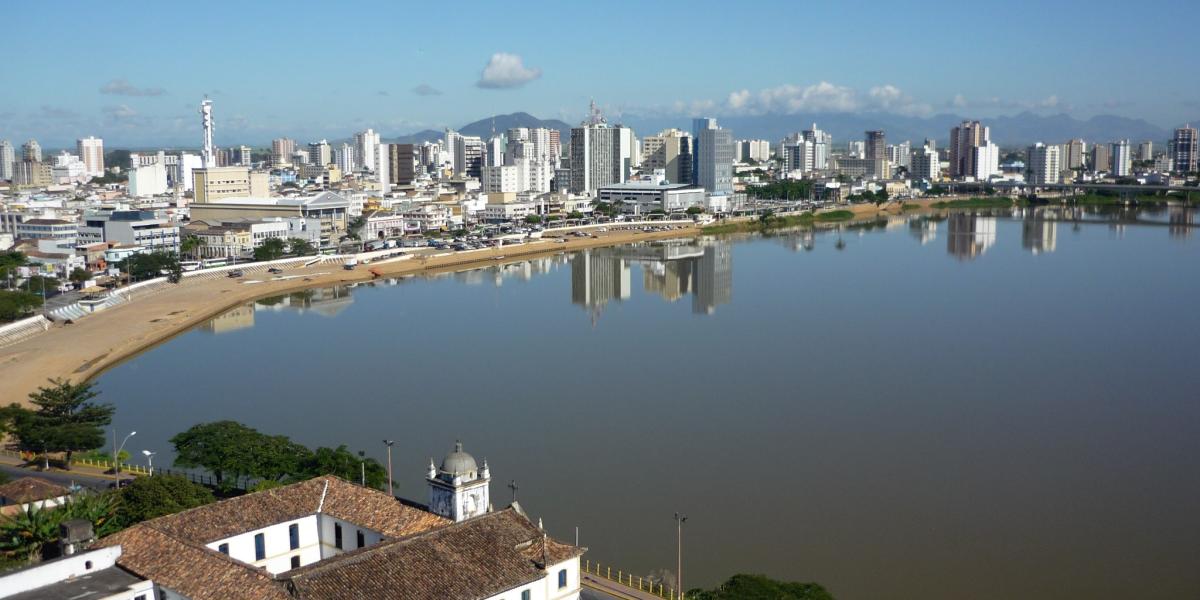Breadcrumb

The education system in Campos dos Goytacazes (Campos), a municipality of 500,000 inhabitants located in Brazil’s Rio de Janeiro state, was badly in need of reform in 2022. The city was prosperous, but its relative wealth had not translated into success in educational results. Campos’s new secretary of education, Marcelo Feres, turned to other Brazilian cities for inspiration, among them Sobral, a municipality being presented in education policy circles as an exemplar of reform. Sobral’s education reforms had resulted in the biggest increase in education scores in the country between 2005 and 2017.
But the path had involved some politically difficult decisions, especially a reorganisation of the school network. This process had involved closing a number of small schools, and consolidating students in fewer, but larger, schools, thus allowing the city to provide single-grade classes and better facilities. Feres knew he would not be able to replicate Sobral’s reforms exactly in the Campos context, yet he believed restructuring the physical network, including closing some small schools might allow the municipality to establish more hours of schooling, improve conditions and help professionalise management, as it had in Sobral. But when a list of 20 schools being considered for closure was leaked to the teachers’ union, Feres found himself in the middle of a growing political storm in which he needed to reassess his strategy to improve Campos’s schools.
- Consider how to apply a model reform in a new political and social context;
- Analyse a model series of education reform policies;
- Develop strategies for sequencing controversial reforms effectively.
